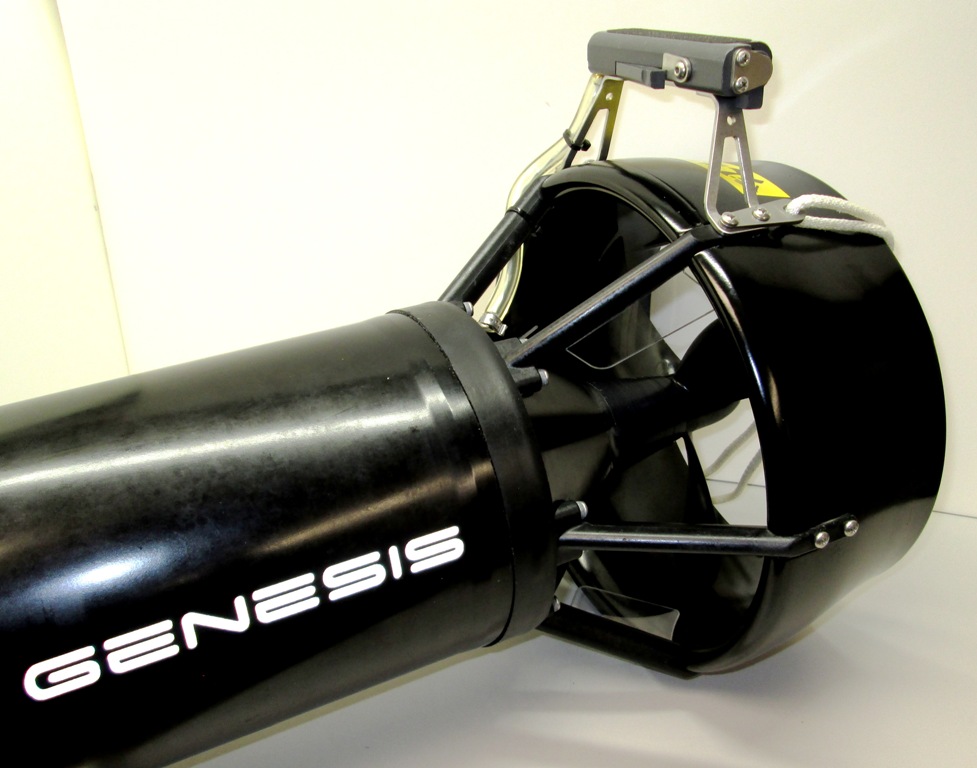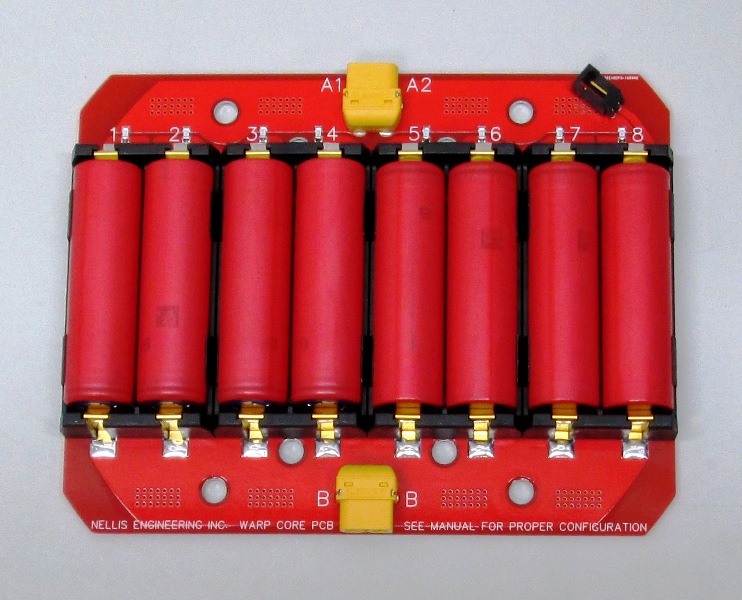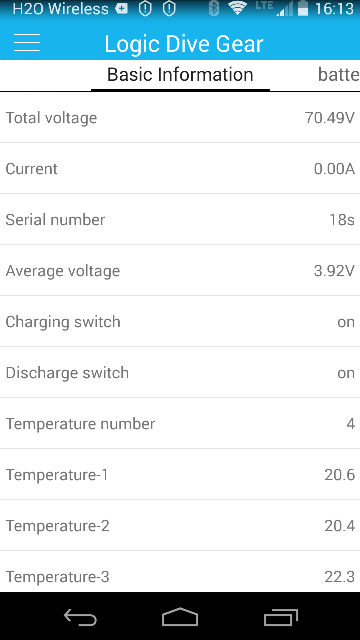Jon Nellis
Contributor
Logic Dive Gear present the New Genesis 2.0
The highest performing DPV available, just got even better!
The highest performing DPV available, just got even better!
Still the highest thrust DPV available with an unequaled top speed, it just got a lot more fun to dive. We added inlet guide vanes to the propeller that eliminate ALL torque at ANY speed. The torque on the original Genesis was a bit fatiguing after a few minutes at full power, but not any more. Since the toque is gone, we also reduced the handle height by just over an inch, as you no longer need the extra leverage. You can now control the DPV with only one finger at full power. Three clear polycarbonate inlet guide vanes at 3, 7 and 11 o'clock positions on the nozzle struts provide the perfect amount of force to eliminate torque from the prop.
As always, the Genesis is still the only DPV with external recharging, so you don't have to break the hermetic seal on the DPV every time you need to recharge. It's also still the only DPV with single handed full variable speed control and a maintenance free magnetic shaft coupling, but the big changes are on the inside.
Introducing the Warp Core Battery system.
The Genesis Warp Core solves the main problems with DPV Batteries. No longer do you need to rely on someone else's proprietary battery packs when they eventually wear out. The Warp Core uses replaceable 18650 flat top cells available all over the world. It is made up of individual circuit board layers with 8 cells per layer (95Wh), stacked together for the necessary voltage and capacity. The individual layers are UN38.3 tested in both 2S4P and 1S8P configurations, meaning the DPV can be taken on passenger aircraft and checked as baggage, after simply removing the jumpers between the layers. The batteries do not need to be removed from the DPV and hand carried, like power tool batteries. Finally, a real high performance travel scooter with serious range. ...and we do offer a travel case for the smaller sized Genesis.
Additionally, the Warp Core has a Bluetooth app (Android only) that lets you check the charge of the battery as well as the voltage of each group of parallel cells. You can also monitor the charge/discharge current and check cell temperature from your phone, along with a host of other features.
The Genesis 2.0 will now come in 2 sizes. The Gen 2.1 will have 850 Watt hours and be the same size and weight as the previous 600. (24" long and 33lbs) Gen 2.2 will have 1700 Watt Hours and be about an inch shorter than the previous 1500 and under 50lbs. If you want to switch between 850Wh and 1700Wh batteries, additional layers can be added/removed. You would just need the shorter or longer DPV body.
We don't leave our loyal customers out in the cold with a new design. Current Genesis owners can have their DPVs refitted with the Warp Core, but it does require sending their DPV in for rewiring and other changes from the previous 2 battery system.
The Warp Core PCB uses proprietary high contact force cell holders designed to fit flat top 18650 cells. Every single cell is fuse protected for safety, in addition to the Warp Core BMS. More space between the cells means better cooling than tightly packed and sealed cells.
...a few of the Bluetooth app screens.
Our Plan is to eventually make the Warp Core system available as a retrofit into other brands of older DPVs using 8" tube bodies (Sierra, Cuda, N19, Magnus, etc.), but those could most likely be a couple years out, if not longer, as we would need to reverse engineer the mounting into the different designs.
We are planning to start shipping the Genesis 2.0 January 2020. Pricing is not available just yet, give us a week or two for that.














